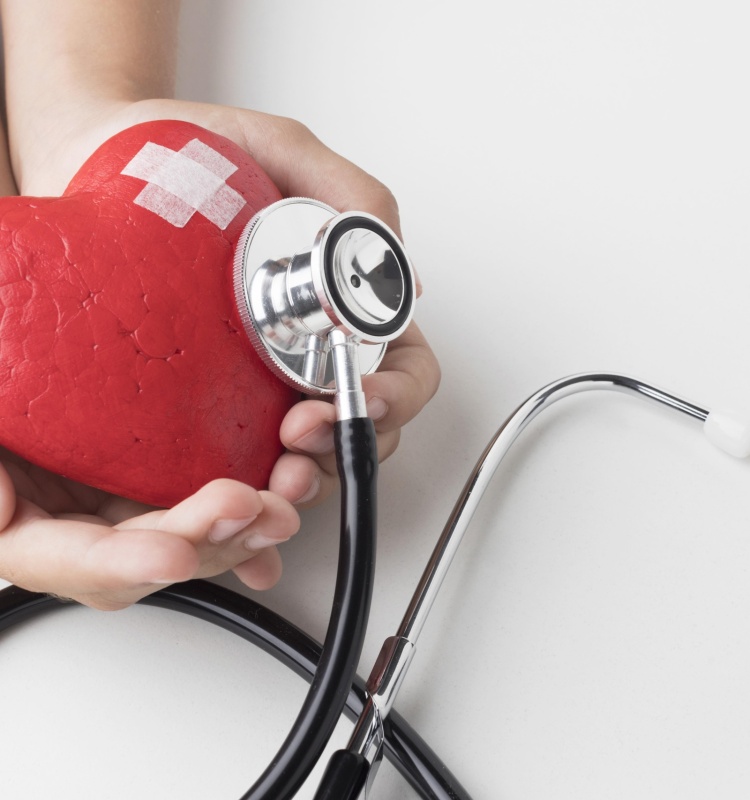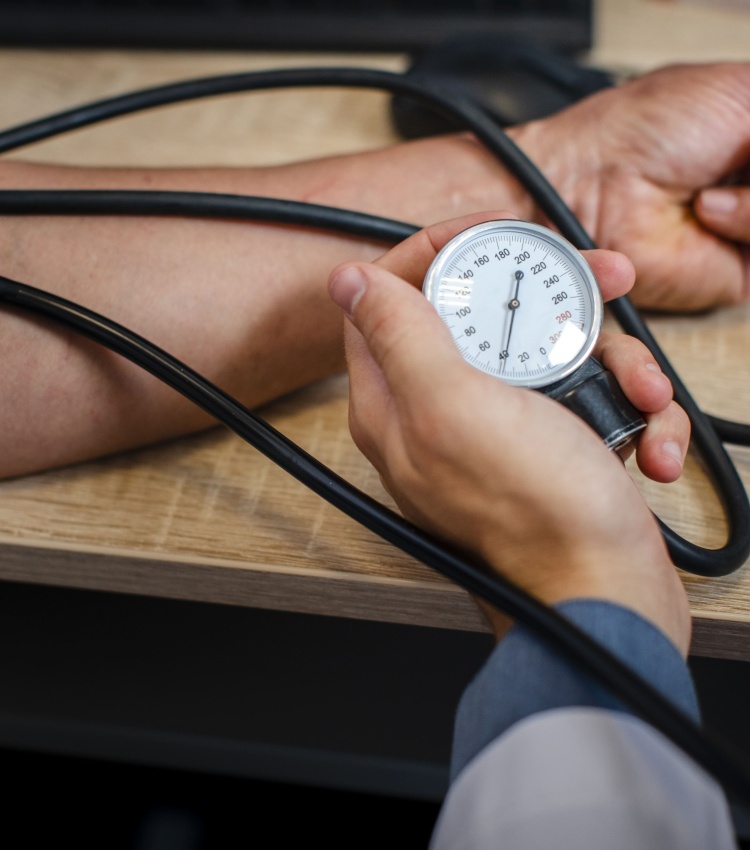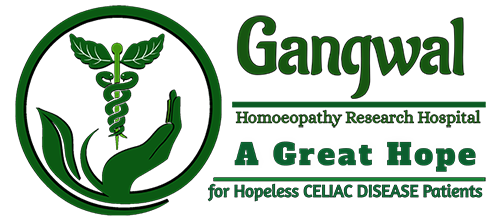Blood Pressure Treatment
Treatment for high blood pressure, also known as hypertension, aims to reduce and control blood pressure levels to prevent complications such as heart disease, stroke, and kidney damage. The treatment approach often involves a combination of lifestyle changes and medications. The specific treatment plan will depend on the individual’s blood pressure readings, overall health, and any other underlying medical conditions.
Here are the main components of blood pressure treatment:

Lifestyle Modifications:
Lifestyle changes can have a significant impact on blood pressure levels. Some essential modifications include:
- Healthy Diet: Adopting the Dietary Approaches to Stop Hypertension (DASH) diet, which emphasizes fruits, vegetables, whole grains, lean proteins, and low-fat dairy products while limiting sodium, saturated fats, and added sugars.
- Regular Exercise: Engaging in regular physical activity, such as brisk walking, swimming, or cycling, for at least 150 minutes per week.
- Weight Management: Maintaining a healthy weight or losing weight if overweight or obese.
- Sodium Restriction: Reducing salt intake to less than 2,300 mg per day (and even lower for some individuals) to help lower blood pressure.
- Limiting Alcohol: Drinking alcohol in moderation, or avoiding it altogether if recommended by a healthcare provider.
- Smoking Cessation: Quitting smoking, as smoking can raise blood pressure and increase the risk of heart disease.
- Stress Management: Finding healthy ways to manage stress, such as meditation, yoga, or hobbies.
Medications:
If lifestyle changes alone are not enough to control blood pressure or if hypertension is severe, medications may be prescribed. There are various types of blood pressure medications, and the choice of medication will depend on the individual’s specific needs and medical history. Some common classes of blood pressure medications include:
- Angiotensin-Converting Enzyme (ACE) Inhibitors: Examples include lisinopril, enalapril, and ramipril.
- Angiotensin II Receptor Blockers (ARBs): Examples include losartan, valsartan, and irbesartan.
- Calcium Channel Blockers (CCBs): Examples include amlodipine, nifedipine, and diltiazem.
- Diuretics: Such as hydrochlorothiazide, chlorthalidone, and furosemide.
- Beta-Blockers: Examples include metoprolol, atenolol, and propranolol.
- Alpha-Blockers and Central Agonists: These are less commonly used.
The choice of medications and their combinations will depend on factors such as the individual’s age, other medical conditions, and possible side effects.

Regular Monitoring:
Regular blood pressure monitoring is crucial to track progress and ensure that the treatment plan is effective. Home blood pressure monitoring can be beneficial to supplement clinic measurements and to identify any fluctuations or spikes.
In homoeopathy the problem can be cured. It’s important to note that blood pressure treatment is typically a lifelong commitment, and adherence to the treatment plan is essential for long-term health and prevention of complications. Regular follow-up visits with a healthcare provider are necessary to assess blood pressure control and make any necessary adjustments to the treatment regimen. Always consult a healthcare professional to determine the most appropriate treatment for your specific condition.









